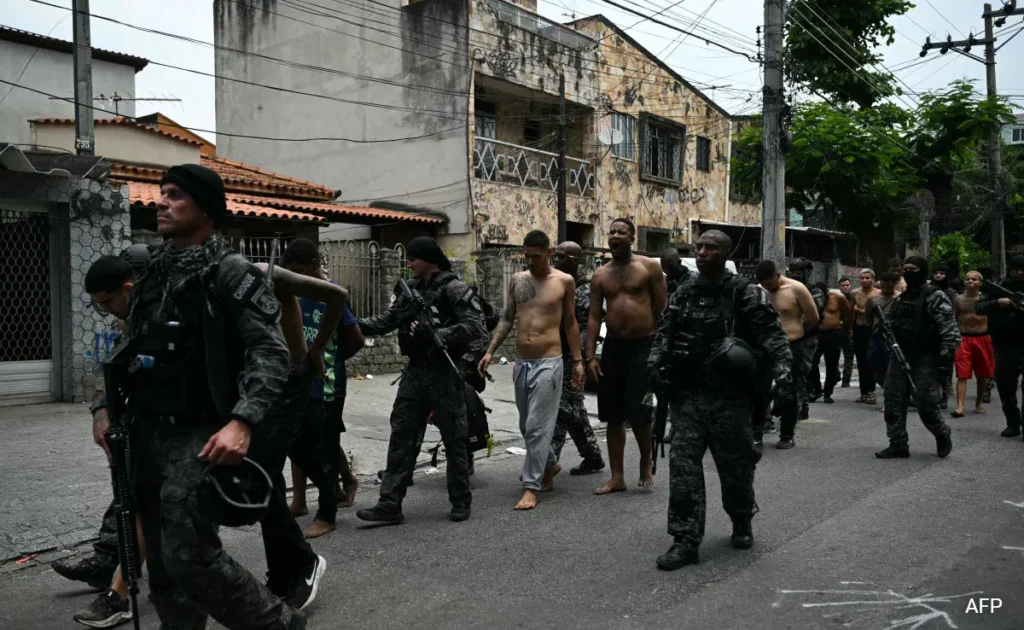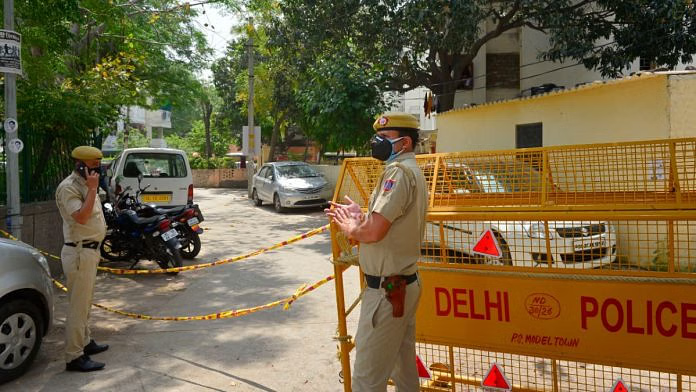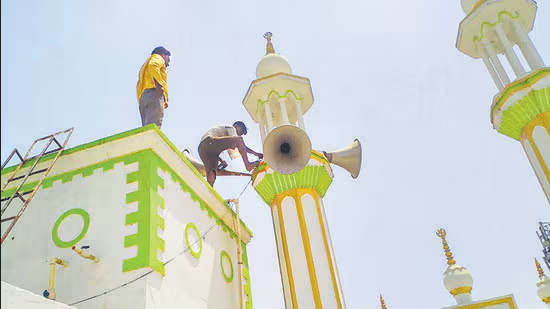Now Reading: 14 Detained in Hyderabad Ganja Racket Bust; Couples and Child Caught in Police Decoy Operation
-
01
14 Detained in Hyderabad Ganja Racket Bust; Couples and Child Caught in Police Decoy Operation
14 Detained in Hyderabad Ganja Racket Bust; Couples and Child Caught in Police Decoy Operation

In a major crackdown on illegal drug activity, Hyderabad police detained 14 individuals—including couples and a child—in a well-planned decoy operation targeting ganja smuggling networks. The arrests highlight a growing concern over how drug peddling is being disguised as family travel, especially in urban and semi-urban areas. Authorities say such tactics are making enforcement more challenging and demand closer public cooperation.
Ganja Hidden in Family Setup
The operation took place at the Mahatma Gandhi Bus Station, where police had been tracking suspicious movements linked to ganja transportation. To the public eye, the suspects appeared to be ordinary couples traveling with a child. However, during questioning, officials uncovered large quantities of ganja cleverly concealed in their luggage.
This method, police say, is part of a newer trend where traffickers attempt to avoid suspicion by posing as regular families.
Decoy Operation Planned Weeks in Advance
Officials revealed that the decoy operation was not a random raid—it was planned after receiving intelligence on drug movement through inter-state buses. Officers posed as passengers and vendors to observe the suspects’ behavior before moving in. The 14 detained individuals were reportedly from Odisha and were using Hyderabad as a transit point.
This strategic bust underlines how cities like Hyderabad are increasingly being used as hubs for cross-border drug smuggling operations.
Concern Over Use of Children
One of the most disturbing aspects of the operation was the involvement of a child, believed to be under 10 years old. Authorities are now investigating whether the child was related to the accused or used as a cover to divert suspicion. Child rights activists have condemned the tactic, calling for stricter laws and awareness campaigns to prevent children from being used in criminal acts.
The incident has also reignited discussions about the safety of minors in drug-affected environments.
Impact on Tier 2 and Growing Urban Areas
Drug networks have been slowly expanding their presence in Tier 2 cities and developing areas, where enforcement may be less intense compared to metros. The Hyderabad bust serves as a warning for other cities facing similar vulnerabilities. Police officials stress that public vigilance, inter-state coordination, and community education are key to combating such evolving tactics.
Bus stations, railway platforms, and intercity routes are now under enhanced surveillance in the wake of the incident.
Conclusion:
The ganja bust in Hyderabad is a reminder of how drug trafficking methods are adapting to evade detection—even using families and children as shields. As cities grow and connectivity increases, law enforcement will need to stay a step ahead. At the same time, citizen awareness and collective responsibility remain critical in ensuring that such threats do not take deeper root in India’s urban and semi-urban fabric.

























